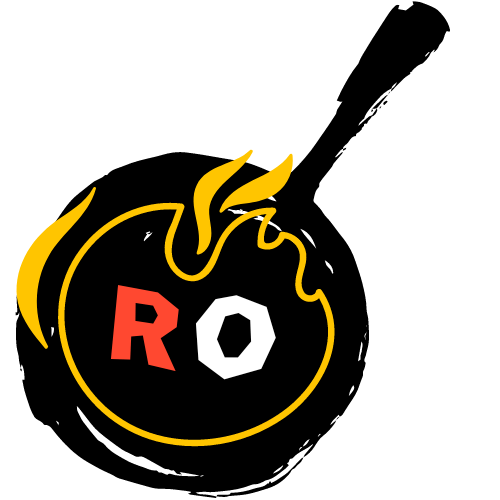The restaurant industry is a challenging one, with thin profit margins and a high failure rate. One of the keys to success is effective cost control. This blog post will delve into various cost control techniques that restaurant owners can implement to improve their bottom line. We will explore strategies ranging from inventory management to labor cost control, and from menu engineering to reducing waste.
Inventory Management: The Backbone of Cost Control
Effective inventory management is a crucial aspect of cost control in the restaurant industry. It involves keeping track of all the food and beverage items in your restaurant, from the moment they arrive until they are served to the customer.
A well-managed inventory can help you avoid overstocking or understocking, both of which can lead to increased costs. Overstocking can lead to spoilage and waste, while understocking can result in lost sales and unhappy customers.
To manage your inventory effectively, you need to implement a system that allows you to track your stock levels in real-time. This could be a manual system, where you physically count your stock at regular intervals, or an automated system, where you use software to track your inventory levels.
Regardless of the system you choose, the key is to ensure that it is accurate and up-to-date. This will allow you to make informed decisions about when to reorder stock, how much to order, and which items are not selling well and should be removed from your menu.
Labor Cost Control: Maximizing Efficiency
Labor costs are another significant expense for restaurant owners. This includes wages, benefits, and taxes for your employees.
To control labor costs, you need to ensure that your staff is working efficiently. This means scheduling the right number of employees for each shift, based on your expected sales volume.
You also need to train your staff to perform their tasks quickly and efficiently. This can involve providing them with the right tools and equipment, as well as training them in best practices for their roles.
Another aspect of labor cost control is reducing turnover. High turnover rates can lead to increased training costs and decreased productivity. To reduce turnover, you can offer competitive wages and benefits, create a positive work environment, and provide opportunities for advancement.
Menu Engineering: The Art of Profitable Dishes
Menu engineering is a technique that involves analyzing the profitability and popularity of each item on your menu. This can help you identify which items are contributing the most to your profits, and which items are not selling well and may need to be removed or re-priced.
To engineer your menu effectively, you need to calculate the cost and selling price of each item. This will allow you to determine the profit margin for each item.
You also need to track the sales of each item, to determine its popularity. This can be done by keeping track of the number of each item sold over a certain period.
Once you have this information, you can make informed decisions about which items to promote, which items to re-price, and which items to remove from your menu.
Reducing Waste: A Key to Cost Control
Food waste is a significant cost for many restaurants. This can include food that is spoiled, overcooked, or not eaten by customers.
To reduce food waste, you can implement portion control measures. This involves serving the right amount of food to each customer, to avoid leftovers that will be thrown away.
You can also train your staff to handle food properly, to avoid spoilage and overcooking. This includes proper storage, preparation, and cooking techniques.
Another strategy for reducing waste is to repurpose leftovers. For example, you could use leftover vegetables in a soup, or leftover meat in a stew. This can help you get the most out of your ingredients, and reduce your food costs.
Regular Auditing: Keeping Track of Your Costs
Regular auditing is a crucial part of cost control. This involves regularly reviewing your costs, to ensure that they are in line with your budget.
An audit can help you identify any areas where you are overspending, and make necessary adjustments. This could involve renegotiating contracts with suppliers, changing your menu, or implementing new cost control measures.
To conduct an audit, you need to gather all your financial information, including your sales data, inventory data, and labor costs. You then need to analyze this data, to identify any trends or anomalies.
Technology: A Modern Approach to Cost Control
Technology can be a powerful tool for cost control in the restaurant industry. This can include inventory management software, labor scheduling software, and point of sale systems.
Inventory management software can help you track your stock levels in real-time, and make informed decisions about when to reorder stock. Labor scheduling software can help you schedule the right number of employees for each shift, based on your expected sales volume. Point of sale systems can help you track the sales of each item, to inform your menu engineering efforts.
While implementing technology can involve an upfront cost, it can lead to significant cost savings in the long run. It can also free up your time, allowing you to focus on other aspects of your business.
Wrapping Up: Cost Control Techniques for Restaurant Success
Cost control is a crucial aspect of running a successful restaurant. By implementing effective inventory management, labor cost control, menu engineering, waste reduction, regular auditing, and technology, you can significantly reduce your costs and improve your bottom line. Remember, every dollar saved is a dollar added to your profits.

